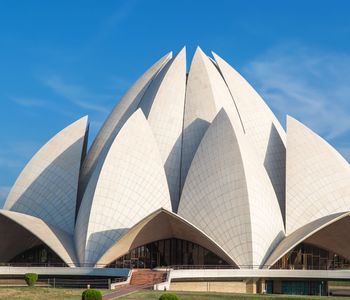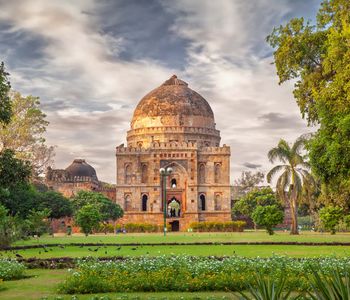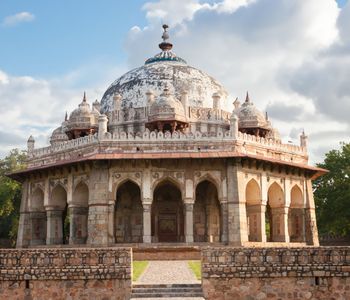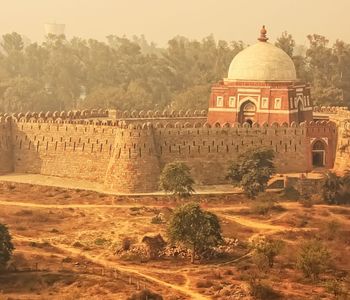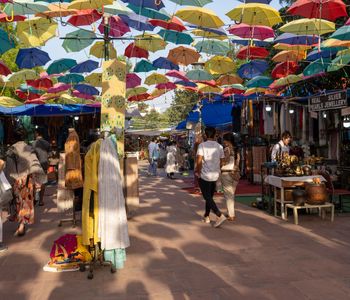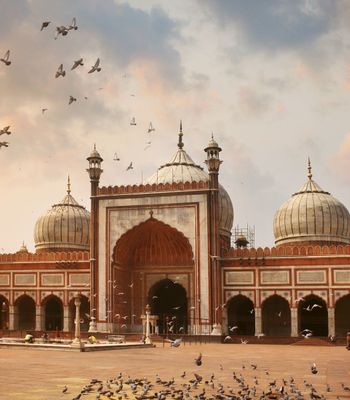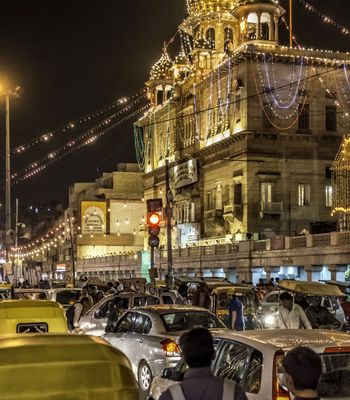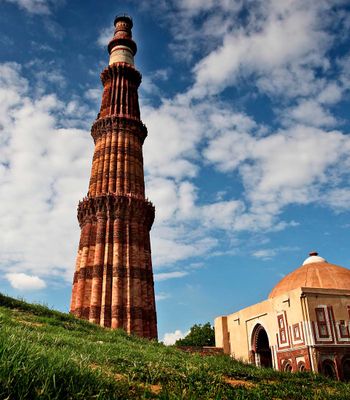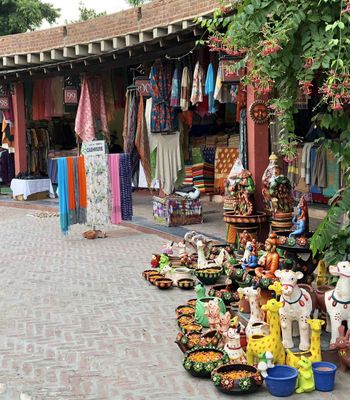In the bustling heart of Delhi, surrounded by traffic and modern architecture, there stands Purana Qila, or “Old Fort.”
Although it's famously linked to the Mughal period, archaeologists suggest that humans were settled here as early as 1000 BCE. This fort has seen emperors rise and fall, wars break out, and refugees take shelter, and today, people come in search of calm or maybe just a place to click the perfect sunset photo.
From Myth to Mughal to Modern India
Long before, the Delhi region was known as Indraprastha, the city built by the Pandavas, according to the Mahabharata.
Experts from the Archaeological Survey of India discovered ancient items like ceramic pieces, old coins, and fragments tied to the Painted Grey Ware civilisation (c. 1200–600 BCE). This suggests continuous human settlement for over 3,000 years, making Purana Qila one of the oldest known inhabited places in the Indian subcontinent.
Fast forward to the 16th century, and Emperor Humayun of the Mughal dynasty decided to establish a new city in Delhi. He called it Dinpanah, meaning “Refuge of the Faithful,” and Purana Qila was its citadel.
Sher Shah Suri disrupted Humayun’s rule when he seized power from him in 1540. Sher Shah renamed and refortified the citadel, using it as the base of his newly minted Suri Empire. When Humayun reclaimed the throne in 1555, he returned to Purana Qila but tragically died within a year.
During the British colonial period, the fort was used as a barracks and an internment camp. It later served as a major refugee camp during the Partition in 1947, where thousands of Muslims waiting to cross into Pakistan lived temporarily.
Artistic Flourishes In Architecture
The fort’s red sandstone walls rise nearly 18 metres in height and stretch across 1.5 kilometres, punctuated with massive bastions and arrow slits. The fort was built for war and survival.
There are three primary gates:
- Bara Darwaza (the main western gate): It is the current entry point and is still functional.
- Humayun Gate (southern side): It’s so named because it faces the direction of Humayun’s Tomb.
- Talaqi Gate (northern side): It’s also called the “Forbidden Gate,” possibly due to its infrequent use.
Each gate is constructed with thick battlements, chhatris, balconies, and stone inlays, blending Afghan and early Mughal styles with elements borrowed from Rajputana.
Attractions and Features Inside Purana Qila
Here are some must-see attractions in Purana Qila:
Qila-i-Kuhna Mosque
Constructed in 1541 CE by Sher Shah Suri, this mosque stands as a top-notch example of Islamic architecture from the era before the Mughals in North India. It was a private mosque meant for the royal family and features five horseshoe-shaped arches, ornate mihrabs, and a balance of red sandstone with white marble. Geometric patterns and calligraphy line the interiors.
Sher Mandal
The octagonal tower called Sher Mandal was meant to be an observatory or library, most likely built by Humayun. It has a steep spiral staircase, now closed to the public.
According to records, Humayun was descending this tower in a hurry after hearing the call to prayer, slipped on the steps, and died two days later.
Special Events and Cultural Festivals at Purana Qila
A living monument, it turns into a cultural epicentre when dusk settles in.
Sound and Light Show
For a long time, the Sound and Light Show at Purana Qila has ranked among the most fascinating tourist attractions in the capital. It narrates the city’s 5000-year-old story, from the mythical city of Indraprastha, built by the Pandavas, to the rise and fall of dynasties like the Mughals, Sultans, and the British Empire. The show ran in Hindi and English, often around 7:30 PM onwards, with seasonal adjustments.
As of 2025, the show has been suspended for technological upgrades, with plans to relaunch it as a multi-sensory digital experience using 3D projection mapping and synchronised surround sound.
Heritage Walks and Architectural Tours
While Purana Qila draws independent tourists daily, deeper stories unfold through curated heritage walks, often led by:
- INTACH (Indian National Trust for Art and Cultural Heritage)
- Delhi Heritage Walks
These walks aren’t run daily but are frequently organised around heritage-focused days or during tourism festivals. Around World Heritage Day (April 18) and International Museum Day (May 18), special exhibits and guided tours are hosted.
If you want to understand Delhi, not the city of malls, cafes, and offices but the Delhi of kings, saints, refugees, and forgotten gods, Purana Qila is where you start. It may not be as polished as the Taj Mahal or as crowded as the Red Fort, but that’s part of its charm.



